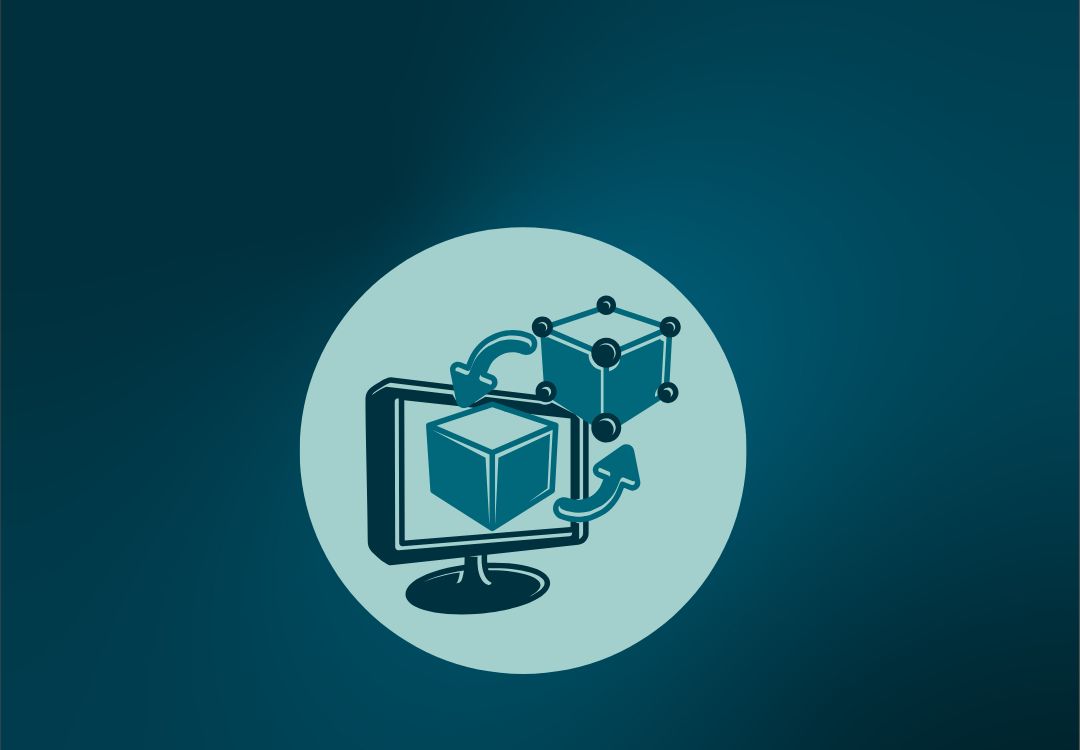Understanding the Scope of Patents in Digital Twin Technology

In digital twin technology, various aspects and components can be patented depending on their novelty, inventiveness, and applicability. Here are some examples of elements within digital twin technology that could potentially be patented. These include algorithms used for data analysis, specific methods for creating virtual models, and unique ways of integrating real-time data into the digital twin. Additionally, innovative applications of digital twin technology in industries such as healthcare, manufacturing, and urban planning may also be eligible for patent protection.
1. System Architecture: Novel architectures or frameworks for creating and managing digital twins could be patented. This may include innovative approaches to data. storage, processing, visualization, and integration within the digital twin environment. This may include innovative approaches to data storage, processing, visualization, and integration within the digital twin environment that could be eligible for patent protection.
2. Integration, synchronization, and communication between the physical system and its digital counterpart. This may include innovative approaches to data integration, synchronization, and communication between the physical system and its digital counterpart for patent protection.
3. Data Modeling and Representation: Unique methods for modeling and representing physical assets or systems in a digital environment could be patentable. This may involve innovative data structures, algorithms, or ontologies for capturing and organizing relevant information about the physical entity.
4. Simulation and Analytics Algorithms: Innovative algorithms or techniques for simulating the behavior of physical systems within the digital twin could be patented. This may include predictive analytics, machine learning models, or optimization algorithms for analyzing data and predicting future states or behaviors of the physical system.
5. Integration with IoT and Sensor Data: Inventive approaches to integrating IoT devices and sensor data with the digital twin could be patentable. This may involve novel methods for collecting, processing, and integrating real-time sensor data to enhance the accuracy and fidelity of the digital representation.
6. User Interfaces and Interaction Models: Unique user interfaces or interaction models for interacting with and manipulating the digital twin could be subject to patent protection. This may include innovative visualization techniques, user experience designs, or immersive interfaces leveraging technologies like virtual reality or augmented reality.
7. Security and Privacy Measures: Inventive solutions for ensuring the security and privacy of digital twin data could be patented. This may involve novel encryption techniques, access control mechanisms, or data anonymization methods to protect sensitive information associated with the physical system. Patents can also be obtained for processes or algorithms that enhance the overall security and privacy of digital twin data.
8. Applications and Use Cases: Specific applications or use cases of digital twin technology in various industries could also be patented. This may include innovative solutions for predictive maintenance, process optimization, remote monitoring, or personalized customer experiences enabled by digital twins. The possibilities are endless.
It's important to note that the patentability of an invention depends on various factors, including its novelty, inventiveness, industrial applicability, and compliance with patent laws and regulations. Consulting with a qualified patent attorney or agent is recommended to assess the patentability of specific aspects of digital twin technology and navigate the patenting process effectively. The patenting process can be complex, and having professional guidance can greatly increase the chances of successfully securing a patent.